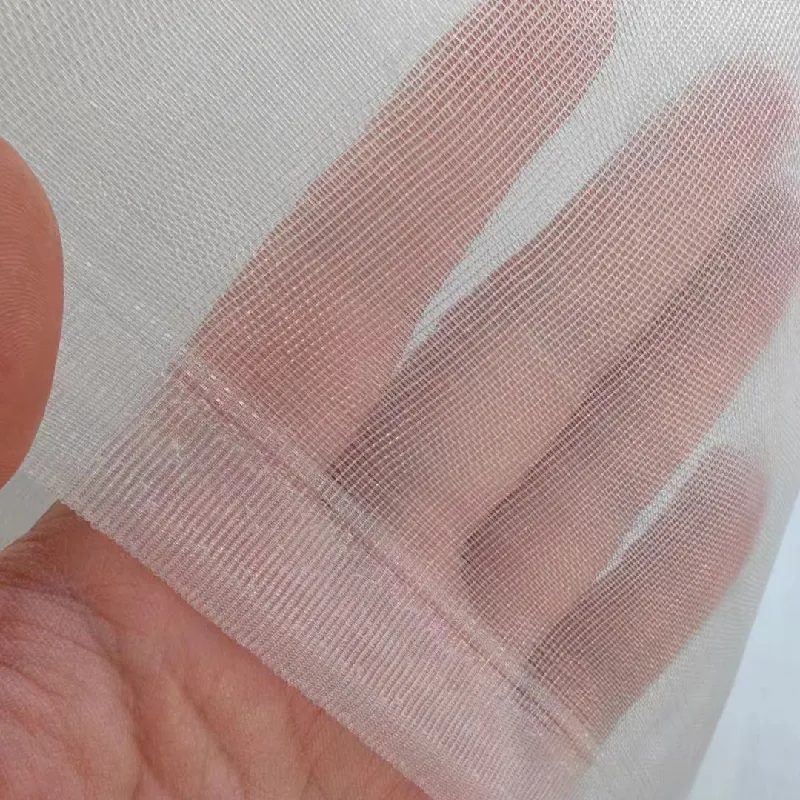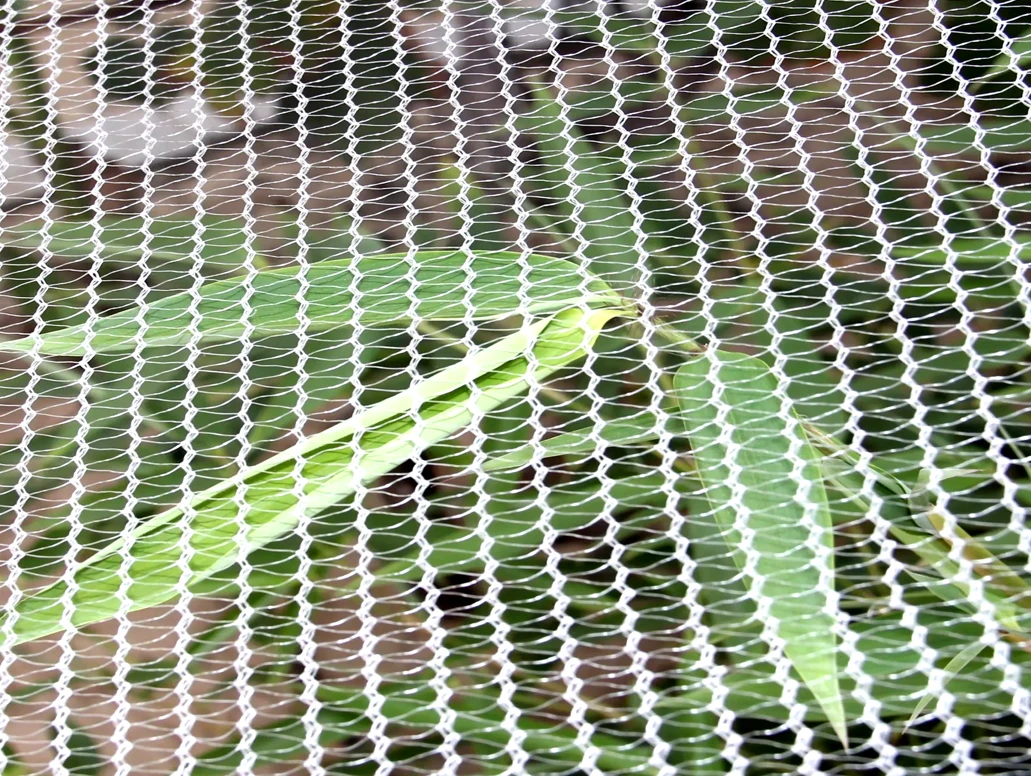-
 Afrikaans
Afrikaans -
 Albanian
Albanian -
 Amharic
Amharic -
 Arabic
Arabic -
 Armenian
Armenian -
 Azerbaijani
Azerbaijani -
 Basque
Basque -
 Belarusian
Belarusian -
 Bengali
Bengali -
 Bosnian
Bosnian -
 Bulgarian
Bulgarian -
 Catalan
Catalan -
 Cebuano
Cebuano -
 China
China -
 Corsican
Corsican -
 Croatian
Croatian -
 Czech
Czech -
 Danish
Danish -
 Dutch
Dutch -
 English
English -
 Esperanto
Esperanto -
 Estonian
Estonian -
 Finnish
Finnish -
 French
French -
 Frisian
Frisian -
 Galician
Galician -
 Georgian
Georgian -
 German
German -
 Greek
Greek -
 Gujarati
Gujarati -
 Haitian Creole
Haitian Creole -
 hausa
hausa -
 hawaiian
hawaiian -
 Hebrew
Hebrew -
 Hindi
Hindi -
 Miao
Miao -
 Hungarian
Hungarian -
 Icelandic
Icelandic -
 igbo
igbo -
 Indonesian
Indonesian -
 irish
irish -
 Italian
Italian -
 Japanese
Japanese -
 Javanese
Javanese -
 Kannada
Kannada -
 kazakh
kazakh -
 Khmer
Khmer -
 Rwandese
Rwandese -
 Korean
Korean -
 Kurdish
Kurdish -
 Kyrgyz
Kyrgyz -
 Lao
Lao -
 Latin
Latin -
 Latvian
Latvian -
 Lithuanian
Lithuanian -
 Luxembourgish
Luxembourgish -
 Macedonian
Macedonian -
 Malgashi
Malgashi -
 Malay
Malay -
 Malayalam
Malayalam -
 Maltese
Maltese -
 Maori
Maori -
 Marathi
Marathi -
 Mongolian
Mongolian -
 Myanmar
Myanmar -
 Nepali
Nepali -
 Norwegian
Norwegian -
 Norwegian
Norwegian -
 Occitan
Occitan -
 Pashto
Pashto -
 Persian
Persian -
 Polish
Polish -
 Portuguese
Portuguese -
 Punjabi
Punjabi -
 Romanian
Romanian -
 Russian
Russian -
 Samoan
Samoan -
 Scottish Gaelic
Scottish Gaelic -
 Serbian
Serbian -
 Sesotho
Sesotho -
 Shona
Shona -
 Sindhi
Sindhi -
 Sinhala
Sinhala -
 Slovak
Slovak -
 Slovenian
Slovenian -
 Somali
Somali -
 Spanish
Spanish -
 Sundanese
Sundanese -
 Swahili
Swahili -
 Swedish
Swedish -
 Tagalog
Tagalog -
 Tajik
Tajik -
 Tamil
Tamil -
 Tatar
Tatar -
 Telugu
Telugu -
 Thai
Thai -
 Turkish
Turkish -
 Turkmen
Turkmen -
 Ukrainian
Ukrainian -
 Urdu
Urdu -
 Uighur
Uighur -
 Uzbek
Uzbek -
 Vietnamese
Vietnamese -
 Welsh
Welsh -
 Bantu
Bantu -
 Yiddish
Yiddish -
 Yoruba
Yoruba -
 Zulu
Zulu
Durable Nylon Mesh for Bird Protection and Habitat Enhancement
The Versatility and Applications of Nylon Bird Mesh
Nylon bird mesh has emerged as a popular solution for various applications, particularly in the context of wildlife protection and urban planning. This synthetic material, renowned for its durability, flexibility, and lightweight characteristics, serves as an effective barrier while allowing the passage of air and light. As urban environments continue to expand and wildlife habitats become increasingly fragmented, the use of nylon bird mesh offers a sustainable approach to coexistence between human developments and avian species.
One of the most significant uses of nylon bird mesh is in the protection of fruit crops from birds. Farmers have long struggled to keep birds away from their produce, as avian populations can cause substantial economic losses. By installing nylon bird mesh around orchards and vineyards, growers can safeguard their crops without resorting to harmful pesticides or other deterrents. The mesh allows sunlight and rain to reach the plants while preventing birds from accessing the fruit, thereby ensuring a healthy yield while promoting chemical-free farming practices.
In addition to agricultural applications, nylon bird mesh is also utilized in urban settings to create safe nesting sites for birds. As urbanization progresses, many bird species find it challenging to locate suitable areas for nesting. Installation of nylon mesh in strategic locations can provide birds with secure spaces to build their nests, thus helping to support urban wildlife populations. The mesh is often used in conjunction with other materials to create nesting boxes or platforms, making it an essential component of urban wildlife conservation efforts.
nylon bird mesh

Another notable application of nylon bird mesh is in the construction and maintenance of buildings. Architects and engineers incorporate this material into bird-proof designs to prevent feathered inhabitants from entering unwanted spaces, such as ventilation shafts, attics, and building façades. By employing nylon bird mesh, builders can effectively deter birds from nesting in these areas without detracting from the aesthetics of the structure. The mesh can easily be colored or treated to blend in with the building design while still serving its functional purpose.
Nylon bird mesh is also widely used in the rehabilitation of environmentally sensitive areas. In places where natural habitats have been disrupted, mesh can act as a protective barrier, allowing for the regeneration of plant species while minimizing disturbances from wildlife. This method is especially useful in coastal areas or wetlands where delicate ecosystems are at risk. The mesh helps prevent trampling of new plant growth while still permitting birds to interact with their environment naturally.
Furthermore, its lightweight nature makes nylon bird mesh easy to handle and install, providing a cost-effective solution for many projects. It is resistant to UV radiation, ensuring longevity even when exposed to the elements, which is crucial for outdoor applications. The material is also highly customizable, available in various mesh sizes and thicknesses to cater to different species and environmental conditions.
In conclusion, nylon bird mesh is an invaluable resource for protecting crops, supporting urban wildlife, safeguarding buildings, and rehabilitating sensitive ecosystems. Its multifunctional qualities underscore the importance of incorporating such materials into sustainable practices in modern living environments. By embracing nylon bird mesh solutions, communities contribute not only to the preservation of avian populations but also to the promotion of biodiversity in rapidly urbanizing landscapes. As the balance between human development and wildlife conservation continues to shift, nylon bird mesh stands out as a practical and effective tool for fostering harmony between nature and urban life.
-
The Sunshade Net Can Block Ultraviolet RaysNewsAug.11,2025
-
Main Application and Technology of Nylon ScreenNewsAug.11,2025
-
Green Anti UV Sunshade Net: The Perfect Combination of Ecological Friendliness and Practical PerformanceNewsAug.11,2025
-
Explore the Sunshade NetNewsAug.11,2025
-
Application and Development of Nylon Screen in Fuel Processing and TreatmentNewsAug.11,2025
-
Application and Advantages of Nylon Screen for AquacultureNewsAug.11,2025











